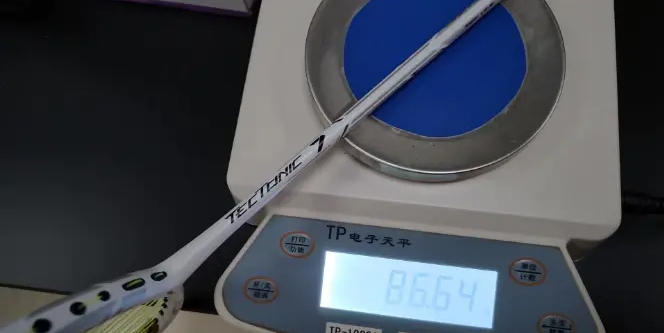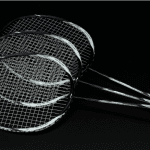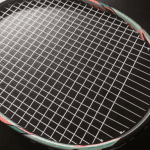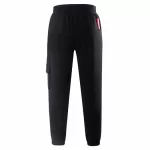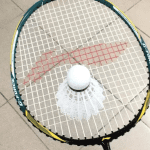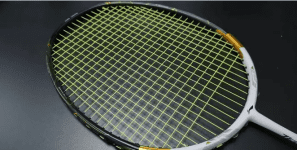
Badminton Racket Li-Ning TECTONIC 7 Reviews
I have only stepped foot in this series once, and the 5U TEXTONIC 3 that I experienced before was a more regular performer at the lower end of the range, and didn’t particularly impress me. It was a more stable product in the ultralight category.
But I know very little about the higher end of the TEXTONIC line. Although the TEXTONIC 7D has a good reputation and the used TEXTONIC 9 has a relatively manageable trial cost, I am still a bit reluctant to get involved in this offensive racket series.
Thanks to CFF for providing me with some equipment to try out.
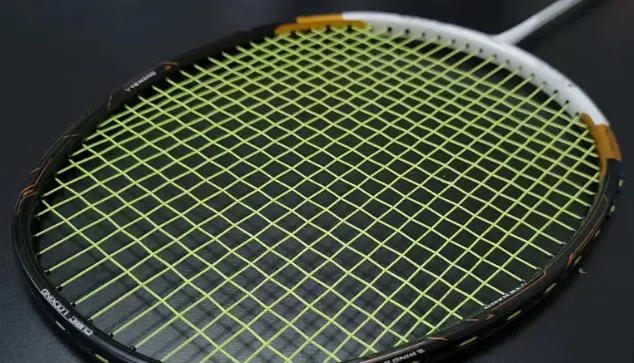
Parameters: 4UG5, de-bottomed, total weight of 86.64g in used condition, balance point 304mm, 7.0mm center bar, 220mm long, moderate stiffness, boxed racket frame, 72-hole wire bed, 9-3 point wire groove, 30lbs warranty, threaded 28-30lbs N65.
Black and white gilt, dignified and gorgeous, this TEXTONIC 7 has a face that is dear to my heart. TEXTONIC 7 racket head to the 4, 8 points of the position of the matte black paint spray, to 5, 7 points of the elastic structure as the demarcation, in the two-color black and white transition there is a place in the two-color black and white metallic bronze treatment, the visual impact is not small. The whole racket doesn’t have too many sticker decorations, but the frame is thick and chunky, emphasizing the sense of power, a good avenue to simple design.
When it comes to the storage TEXTONIC platform, it is not something new, the principle is comparable to the blue factory’s power channel, by adjusting the thickness and material of the racket frame at 5 and 7 points to get a better racket frame bending effect and enhance the downforce. The HALBERTEC 8000 in the T1100 carbon, but the original in the TEXTONIC series has been used.
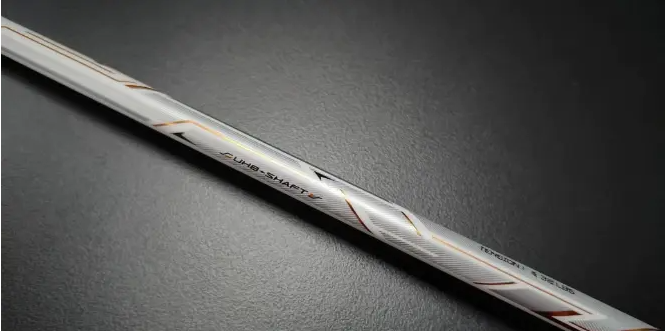
I thought it was a 3U racket, but when I first put it in my hand, the grip was heavy, full and solid, and after trying it out, I realized that the TEXTONIC 7 is a 4U racket. Of course, this more obvious head weight allows the user to quickly adapt to the feel of the racket’s power when warming up, and the good lending power allows the TEXTONIC 7 to hit high long balls with ease. With a higher front cable poundage, but still a more pronounced ball-holding feel on the face and moderate stiffness in the mid-range, this was not a difficult racquet to drive for the author. Indeed, the weight of the racket was less noticeable in a few confrontations after the warm-up set.
Such a solid feel naturally allowed me to experience a good feel at the net, and I was often able to roll a spinning return with a gradual net-flick during small-ball specialization. The frame and sweet spot are of a standard size, and it is not too difficult to find the right head to softly release a shot, which is quite suitable for developing the finesse required for small ball.
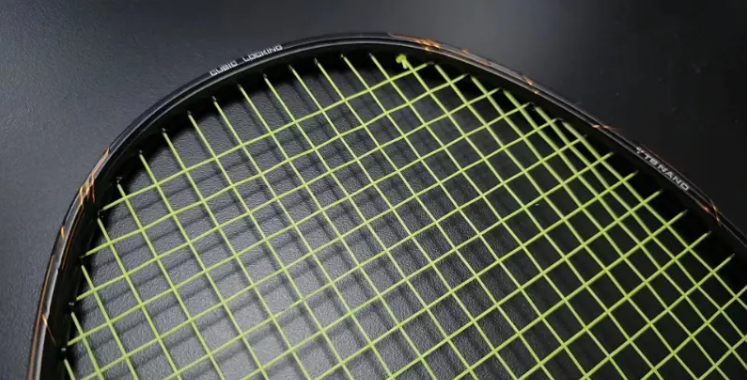
However, the swingweight of TEXTONIC 7 is not low, and the thick frame inevitably leads to increased wind resistance, which makes the current swing speed of the racquet not ideal and limits its flexibility. TEXTONIC 7 is weak in the fast-paced flat blocking, no sound return, no endless consistency, but only in the high level of the game when encountered in the middle of the forecourt confrontation with the power to block a shot or top shot.
TEXTONIC 7’s passive performance is not unpleasant, the racket’s elasticity is enough to support the author in the backhand to handle the incoming ball is the momentum of the ball to the position, but also enough to support the author or back to the top of the top or unloaded to block the net to defend every opponent’s kill shot. However, I was not as efficient in getting rid of the over-the-top shots, and my swing speed was still affected by the weight of the swing in the hasty racket setup.
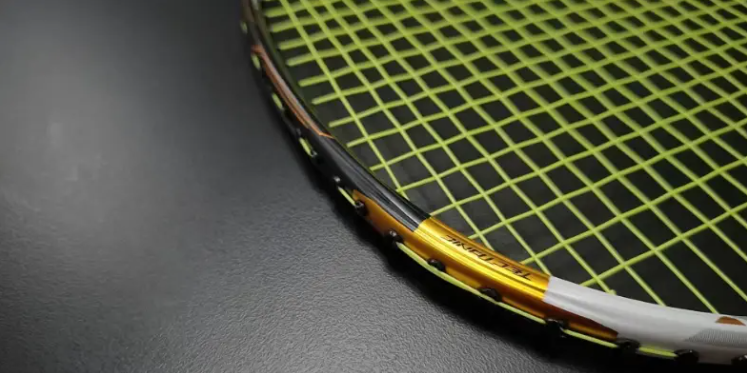
The TEXTONIC 7 has a strong downward feel, and the quality of shots on heavy kills is linearly related to the user’s power effectiveness. In a smooth launch, the mid-range deformation is more pronounced, creating a certain whipping effect, and hitting the sweet spot with clear feedback and a high quality of shot. This high quality is reflected in both shot feedback and explosiveness, and the TEXTONIC 7 can hit a famously solid hammer shot when a great power opportunity is caught. However, the follow-through second shot can seem a bit too big in terms of forward swing, which detracts from the sense of consistency.
Due to the inertia of the racket head and the viscosity of the string bed, the swing with a slice action can make the ball more spinning, and the drop over the net is more obvious, so when you get a high point in the backcourt, the option of a slice or a slice is also very comfortable in the hand.
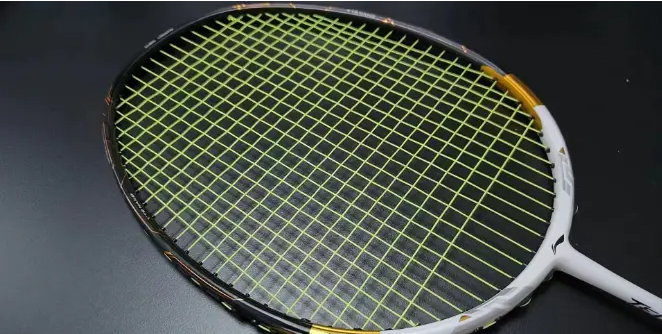
For its stature, it will appear more neutral, I can’t say it’s more suited for male or female use, the quality of the ball coming out is four-square and flawless. The series is positioned as an offensive racket, but apart from the swingweight, the overall tuning is quite balanced and relatively approachable. If there is a relationship between the mid-generation products of the Red Factory and the new generation, the TEXTONIC 7 reminds me not of the AXFORCE series, but of the HALBERTEC series.
I think the TEXTONIC 7 is a racquet that is more stable than flexible, and may come into its own more in singles play.
